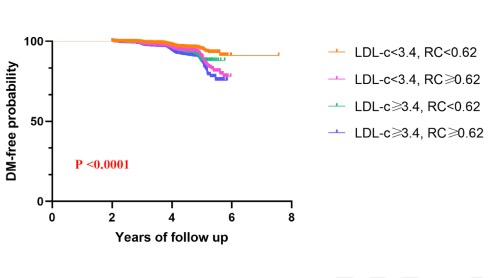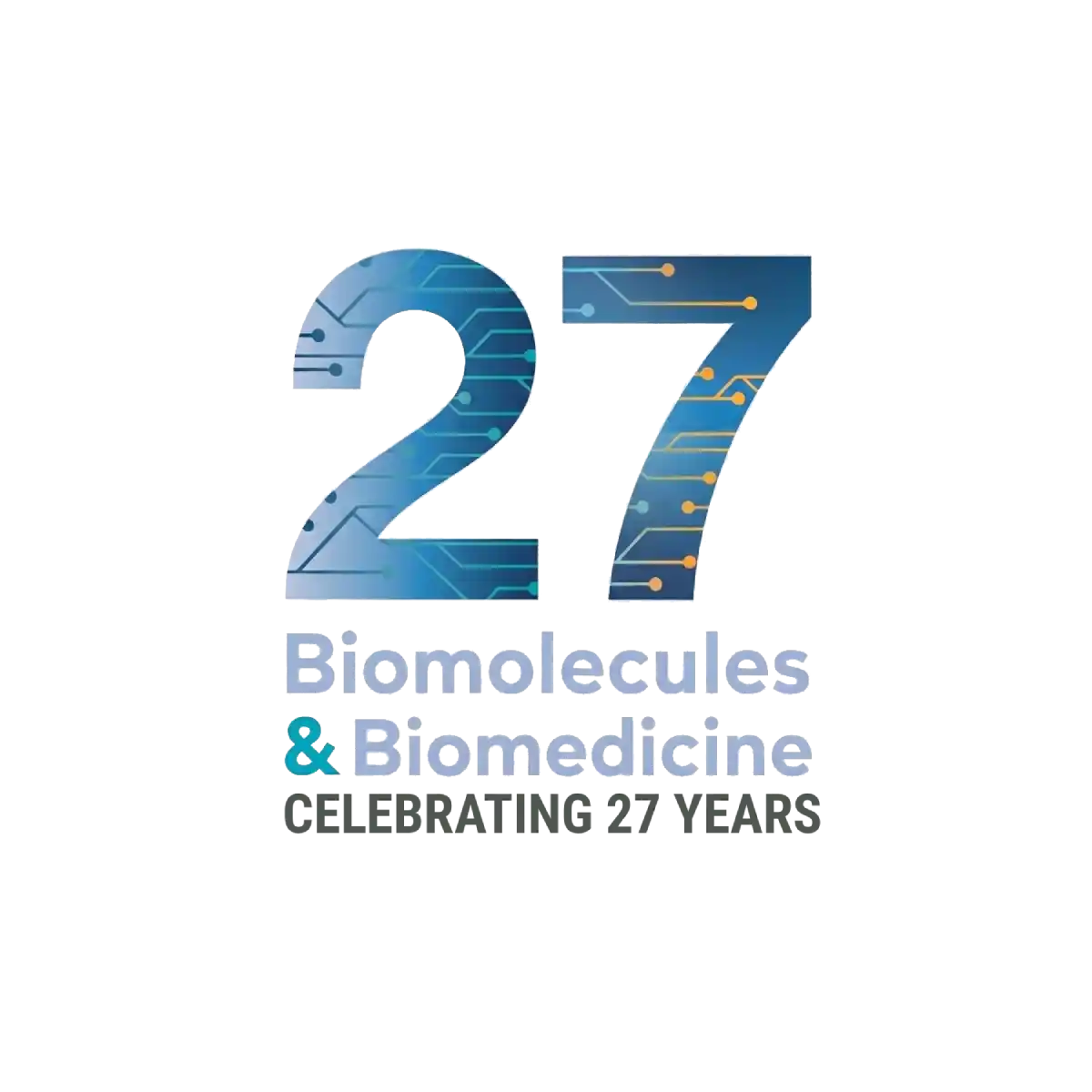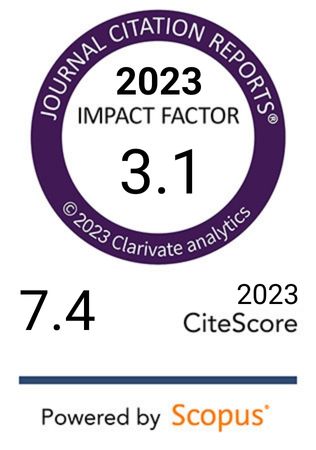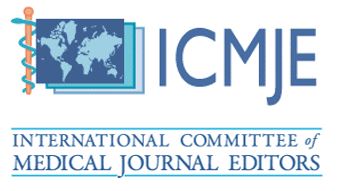Association of baseline remnant cholesterol independent of LDL-cholesterol with newly diagnosed diabetes in the Chinese population
DOI:
https://doi.org/10.17305/bb.2024.11167Keywords:
Remnant cholesterol, low-density lipoprotein cholesterol, diabetes mellitus, dyslipidemia, prediction modelAbstract
Remnant cholesterol (RC) is highly regarded in the cardiovascular field; however, its relationship with new-onset diabetes remains unclear. This study aimed to investigate the relationship between RC and the risk of developing diabetes, as well as its interaction with low-density lipoprotein cholesterol (LDL-c). This was a secondary analysis of a retrospective cohort study based on a Chinese population. A multivariate Cox proportional hazards regression was initially employed to assess the relationship between RC and newly diagnosed diabetes. This was followed by a subgroup analysis to explore intergroup heterogeneity. A clinical prediction model was then developed. Finally, the study further analyzed the interactions between LDL-c and RC. After adjusting for confounding factors, RC was significantly associated with an increased risk of diabetes (HR = 1.46, 95% confidence interval [CI] 1.36–1.57). Furthermore, this relationship was nonlinear, with an inflection point of 0.48 identified through the piecewise model. Subgroup analysis indicated that the association was more pronounced in individuals under 60 years and those with a body mass index < 24 kg/m2 (P for interaction = 0.0004, <0.0001, respectively). RC proved to be a more effective predictor of diabetes compared to other lipid profiles, and the clinical prediction model was successfully constructed. Notably, individuals in the low LDL-c/high RC group were found to have a 1.41-fold (95% CI 1.281.55) greater risk compared to those in the low LDL-c/low RC group. Significant correlations were observed between baseline RC levels and the risk of new-onset diabetes. Elevated RC was a strong predictor of diabetes risk, irrespective of LDL-c levels.
Citations
Downloads

Downloads
Published
Issue
Section
Categories
License
Copyright (c) 2024 Yulu Yang, Xuehan Li, Jianwu Huang, Jiacheng Wu, Yalei Wang, Hao Chen, Zhihua Qiu, Zihua Zhou

This work is licensed under a Creative Commons Attribution 4.0 International License.









